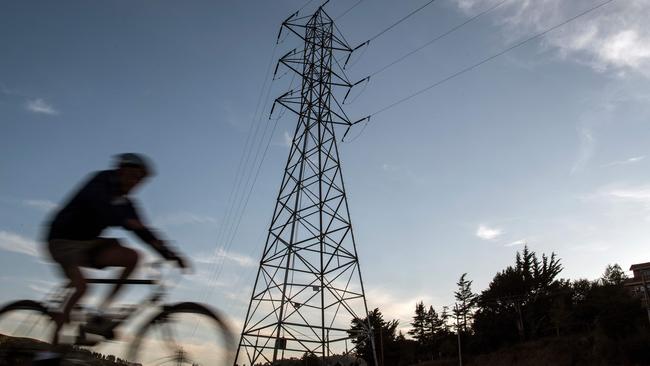Energy Security Board report paves the way to a lower-emissions future

This advice has been informed by countless contributions from industry stakeholders, consumer bodies, academics, government bodies and interested parties over a two-year reform program.
Governments now have for consideration four market design reform pathways that should enable an appropriate mix of resources. These will meet our future electricity needs and support a lower-emissions future in this sector and others in the economy.
The reforms set out what needs to be done in the short term to address more urgent issues, as well as a medium and longer-term direction for how the national electricity market needs to evolve.
Essentially the task set by energy ministers, to redesign the electricity market for the years to 2025 and beyond, is done. In due course, the national cabinet will respond. Then implementing the reforms can begin.
There will inevitably be parts of the advice that not all parties in the industry agree with. But the major reform package will enable lower emissions, reliable supply and a secure system. Affordability has been a priority and the high price spikes observed recently in some locations should be avoided once implementation occurs.
It isn’t a lack of good ideas or intentions that has been holding us back from realising a future of reliable, affordable, lower emissions electricity.
What’s been lacking is confidence and trust that the electricity market will be reliable and affordable.
Energy policy has been marred by distrust from all players for too long. After a series of significant price hikes, consumers generally don’t trust energy companies.
For many business customers, similar cost concerns are exacerbated by the threat of inadequate supply.

Investors – those who would build new generation and networks, as well as those putting capital behind existing generation – have long lamented the lack of certainty in energy policy which cripples their ability to make investment decisions on assets that need funding for up to 50 years.
Much of this uncertainty is caused by a lack of confidence that the present electricity market design will deliver reliable and affordable power, with lower emissions.
Governments will intervene if the delivery of an essential service seems doubtful.
Direct incentives to consumers of one kind or another, government underwriting and investment in publicly funded generation, or the imposition of retail price caps has become de rigueur. This ends up being very expensive for everyone – taxpayers and consumers.
Some have argued that major reform and changes to the market design can wait. These types of arguments are based on short-term thinking.
If you look ahead, under the current market arrangements, the expectation is there will be significant resource adequacy problems – particularly for firm and flexible generation like pumped hydro, batteries, and flexible gas-fuelled plant. This is essential for backing up all the renewables coming in and the relatively cheaper power they offer.
Congestion on the grid will become a greater problem in the latter part of this decade. It already is an issue in some places, as more and more new wind and solar tries to connect and have their power dispatched.
We have been here before.
Not that long ago, energy supply struggled to keep up with the influx of airconditioning units. Networks now need to constrain rooftop solar exports at times to maintain system security. This step effectively blocks more renewable, cheaper energy from getting into the system, simply because we have not planned ahead sufficiently.
Making smart changes to how we produce and use energy will enable lower emissions in both electricity and other sectors as they electrify.
Indeed, lower-emissions power and the electrification of other sectors is critical to lowering emissions in the economy as a whole.
Transport in particular can benefit, and many Australian businesses are already positioning themselves to make maximum use of the abundant zero-emission power Australia has to offer.
Consumers are very clear about what they want: reliable, affordable, lower-emissions electricity.
While debate has been busy exploring the merits of different approaches, Australians have already voted with their feet – jumping ahead of the rest of the world with enthusiastic take-up of rooftop solar.
The finalisation of our advice to governments is a watershed moment. Not because it contains all the answers, but because it is an opportunity to return to the certainty of a stable national electricity framework with the optimal mix of resources for low emissions and reliable, affordable power.
An orderly path forward is essential so consumers don’t face unnecessary transition costs, and we can keep the lights on as the system transforms.
How national cabinet responds to these recommendations will now determine the shape and success of Australia’s new energy system.
Kerry Schott is chair of the Energy Security Board and a director of NBN Co.



The Energy Security Board has handed its final advice to government, setting out a package of interrelated reforms to redesign the national electricity market so Australia can successfully navigate the opportunities and risks of the transition under way in the electricity sector.